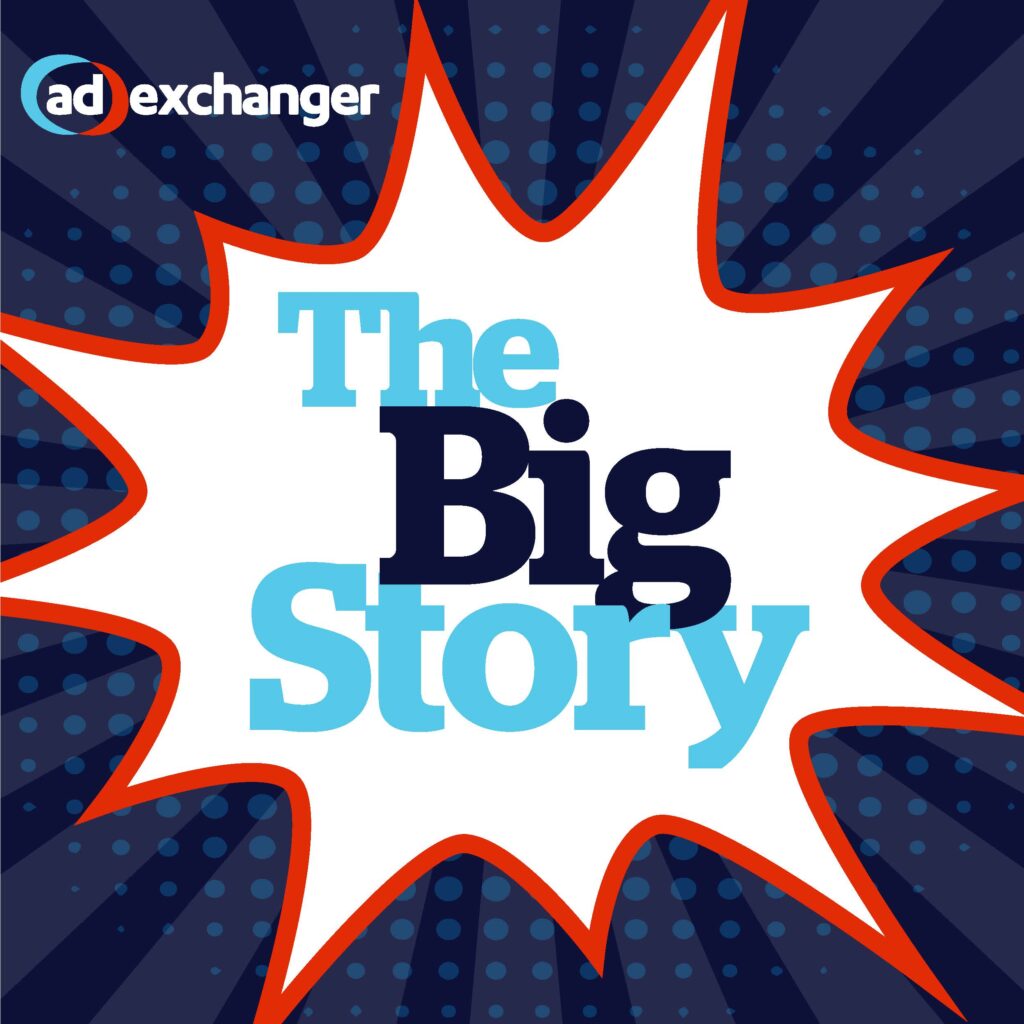Chevy Tahoe has gotten a lot of attention lately for its recent promotion inviting consumers to generate their own 30-second ad spots for the brand.
With consumers (and nonconsumers, for sure) taking the opportunity to blast Tahoe with negative messages about gas-guzzling and global warming, the whole affair has focused attention on the debate about consumer-generated media and raised one key question: “How do you get that great unvarnished consumer voice working for you, not against you?”
Here are three things marketers can do:
Get the loyals working for the brand. The loyals are consumers who know the brand, love the brand, and can speak for the brand with authenticity. Whenever consumers are invited to comment on a brand, whether it’s through a blog, a chat room, or a contest, make sure the loyals are heard.
Invite consumers to tell their true story. Don’t ask them to be marketers. When consumers become marketers, they lose their precious spontaneity and simple truth. Whether it’s a focus group or a video diary, consumers are most eloquent and passionate about a brand when they speak from the heart and talk about the nuances of how a brand fits into their purses, cupboards, and lives.
Build those stories back into the brand. Without a doubt, the very best way to get consumers to say great things about a brand is to be a great brand. Think JetBlue, for example. And the best way to be a great brand is to anchor the brand in consumer passion. I still remember the 65-year-old woman speaking, with a sparkle in her eye and a grand sweep of her hand, about how her minivan made her feel “free as bird.” There’s brand-building gold in passion like that.
By the way, these rules for creating positive consumer-generated media (CGM) just happen to apply to creating and building a great brand. At the root of it all, creating positive CGM is really about building great brands.
Carol Davies is a strategic consumer marketer with Fletcher Knight (www.FletcherKnight.com), a marketing innovation consultancy based in Greenwich, CT.
 Network
Network

